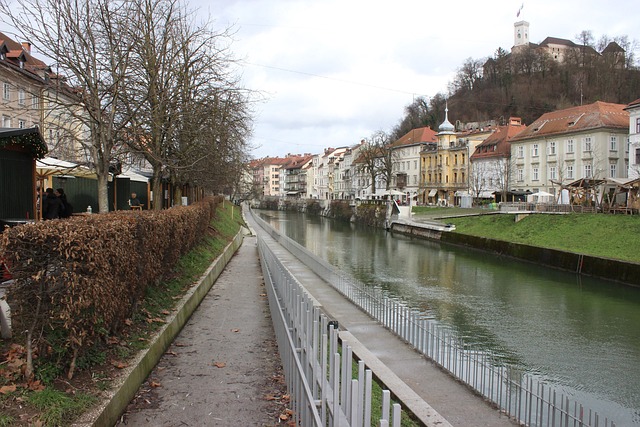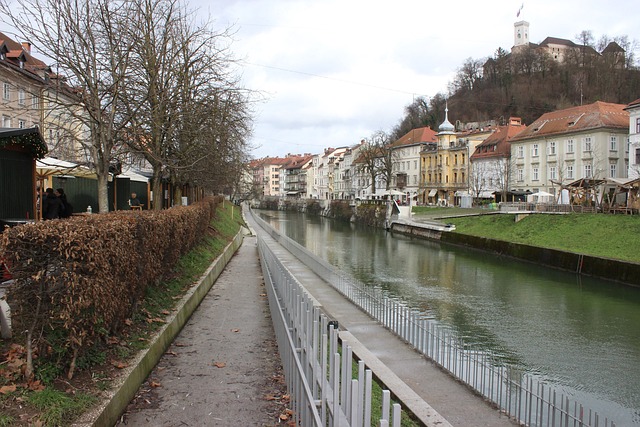“Karachi, Pakistan’s bustling metropolis, faces significant challenges regarding air quality, as evidenced by the rising Air Quality Index (AQI) readings in areas like Landhi. This comprehensive article explores the intricate factors contributing to Karachi’s current air quality state, from historical perspectives to local community health impacts. We delve into the initiatives aimed at improvement and present a future-focused outlook, emphasizing the city’s prospects for sustainable, healthy air. Understanding these dynamics is crucial for navigating Karachi’s complex environmental landscape.”
- Understanding Air Quality Index: A Basic Guide
- Karachi's Air Quality: Current State and Historical Perspective
- Factors Affecting Air Quality in Landhi, Karachi
- Health Impact of Poor Air Quality on Local Communities
- Initiatives and Efforts to Improve Air Quality in Landhi
- Future Prospects and Challenges for Sustaining Healthy Air in Karachi
Understanding Air Quality Index: A Basic Guide

The Air Quality Index (AQI) is a crucial tool for understanding and communicating air pollution levels in cities like Karachi. It provides a standardized measure of air quality, allowing residents to gauge the safety of outdoor activities and take necessary precautions. The AQI ranges from 0 to 500, with lower values indicating better air quality. In Karachi, an AQI above 100 is considered unhealthy for sensitive groups, while levels above 200 signal hazardous conditions.
This index categorizes air pollution into different levels of severity: good (0-50), moderate (51-100), unhealthy (101-200), very unhealthy (201-300), and hazardous (301-500). Local authorities and environmental agencies use the AQI to issue alerts, inform public health decisions, and implement measures to improve air quality. Staying informed about the daily AQI in Karachi helps residents make conscious choices to protect their well-being, especially for those with respiratory conditions or allergies during periods of high pollution.
Karachi's Air Quality: Current State and Historical Perspective

Karachi, Pakistan’s economic hub, has long grappled with air pollution, a complex issue that significantly impacts its residents’ health and overall quality of life. The city’s air quality is a pressing concern, often ranking among the most polluted in the world, especially during the winter months. The Air Quality Index (AQI) for Karachi reflects this challenge, with frequent spikes in pollutants like PM2.5 and NO2.
Historically, Karachi’s air pollution problem has intensified over the years due to rapid urbanization, industrial growth, and increasing traffic congestion. The city’s geographic location, surrounded by water on three sides, creates a bowl-like effect, trapping pollutants and exacerbating the issue. While efforts have been made to address this crisis, such as implementing vehicle emission standards and promoting public transportation, Karachi continues to face an air quality challenge that requires sustained efforts from both local authorities and residents to achieve long-term improvement.
Factors Affecting Air Quality in Landhi, Karachi

The air quality in Landhi, Karachi is influenced by a multitude of factors that contribute to its overall cleanliness or pollution levels. One primary consideration is industrial activities within the vicinity. With a significant presence of manufacturing units and ports, the emissions from these sources play a substantial role in shaping the local air quality. Additionally, heavy traffic congestion is a recurring issue in Karachi, and Landhi is no exception. The constant flow of vehicles contributes to the release of harmful pollutants, exacerbating the air quality concerns.
Geographical location also plays a critical part. Landhi’s proximity to the coast can both benefit and challenge its air quality. While sea breezes may help disperse pollutants, coastal areas are often more vulnerable to industrial emissions and dust from construction activities, which can impact air cleanliness. Moreover, weather patterns in Karachi, including hot and humid conditions, can trap pollutants near the surface, making it challenging for dispersion.
Health Impact of Poor Air Quality on Local Communities

The air quality index (AQI) in Landhi, Karachi, reflects the environmental health of this densely populated urban area. Poor air quality has significant impacts on local communities, particularly vulnerable groups like children and the elderly. Exposure to polluted air can lead to respiratory issues such as asthma, bronchitis, and chronic obstructive pulmonary disease (COPD). These conditions not only affect daily life but can also result in frequent hospital visits and increased healthcare costs for families.
In Karachi, where the air pollution levels often exceed safe limits, the health impact is exacerbated. Studies have shown that high AQI values correlate with elevated rates of cardiovascular diseases, eye irritations, and even premature deaths. The bustling industrial and vehicular activities in Landhi contribute to the city’s overall poor air quality, making it imperative for authorities and residents to take proactive measures. Implementing stricter pollution control policies, promoting public transportation, and raising awareness about indoor air quality are crucial steps towards mitigating these health risks.
Initiatives and Efforts to Improve Air Quality in Landhi

Future Prospects and Challenges for Sustaining Healthy Air in Karachi

Karachi, as a rapidly growing metropolis, faces significant challenges in maintaining and improving air quality. Future prospects for healthy air in the city rely on several key strategies. Implementing stricter emission standards for industries and vehicles can substantially reduce pollutants. The adoption of clean energy sources like solar and wind power can decrease the reliance on fossil fuels. Moreover, urban greening initiatives and promoting public transport can play a pivotal role in enhancing air quality.
However, challenges remain. Karachi’s dense population and haphazard urbanization contribute to congestion and increased pollution levels. Effective waste management practices are essential to prevent the burning of rubbish, which is a major source of air pollution. Additionally, raising public awareness about the impact of personal choices on air quality is crucial. Despite these challenges, with concerted efforts from authorities, communities, and individuals, Karachi can strive for a future where clean air becomes a reality, ensuring a healthier environment for its residents.

Leave a Reply